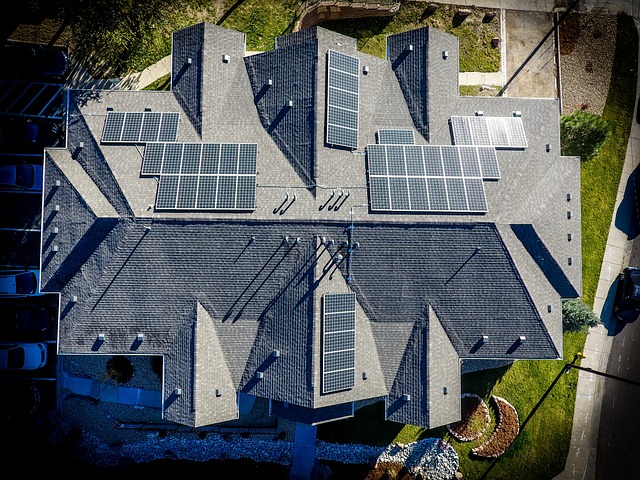
Photovoltaic (PV) cells are the building blocks of a solar panel installation. Also known as solar cells, they consist of a semiconductor material. Light will pass through PV cells, at which point the photons will strike the cells’ negatively charged particles to generate electricity. While all PV cells are designed to convert sunlight into electricity, however, some of them are made of different semiconductor materials than others. Below is a breakdown of some of the most common types of PV cell materials.
Silicon
Silicon is the most common type of PV cell material. Research shows that over 90% of all solar panels manufactured and sold today are silicon-based.
Silicon is the third-most abundant element on Earth, surpassed only by iron and oxygen. Along with its semiconducting properties, this makes it a popular choice for PV cells. Monocrystalline and polycrystalline PV cells are often made of silicon.
Cadmium Telluride
Some PV cells are made of cadmium telluride (CdTe). It’s a crystalline compound that, as the name suggests, contains cadmium and tellurium.
CdTe is commonly used in the production of thin-film solar panels. Thin-film solar panels are distinguished from other types of solar panels by their thin, low-profile design. They are thinner than silicon-based solar panels, including monocrystalline and polycrystalline.
To produce thin-film solar panels, manufacturers deposit a thin layer of CdTe onto a base material. The base material may consist of glass or plastic. Thin-film solar panels aren’t as efficient as silicon-based solar panels, but their thin design and low cost make them a popular alternative.
Copper Indium Gallium Diselenide
In addition to CdTe, copper gallium diselenide (CIGS) is commonly used to make PV cells. It’s a relatively new type of PV cell material. Nonetheless, many solar experts are optimistic about the future of CIGS in PV cells.
According to the U.S. Department of Energy (DOE), CIGS PV cells have been shown to offer excellent electronic and optical properties. The DOE further states that CIGS PV cells can exceed 20% efficiency, though most of them have an efficiency of about 12% to 14%.
Quantum Dots
Quantum dots are used to make PV cells. What are quantum dots exactly? They are semiconductor particles measuring just a few nanometers wide.
Quantum dots are deposited onto a base material, but unlike with CdTe, quantum dots involve spraying. The semiconductor particles are sprayed onto a base material, thus creating the PV cells. Quantum-dot PV cells are relatively new as well, but they offer a viable alternative to existing technologies like silicon.

